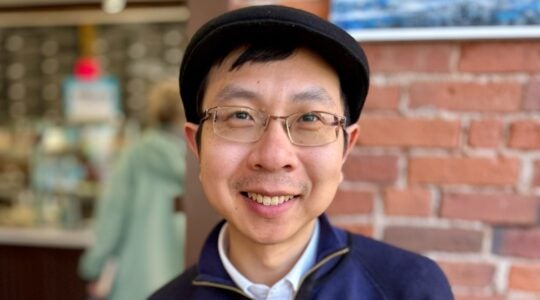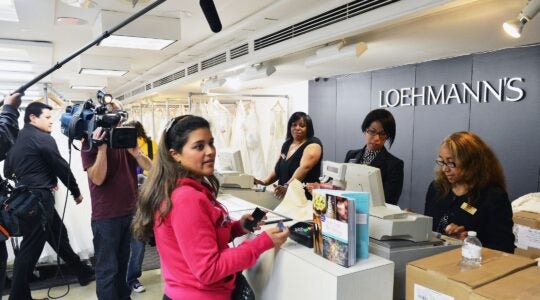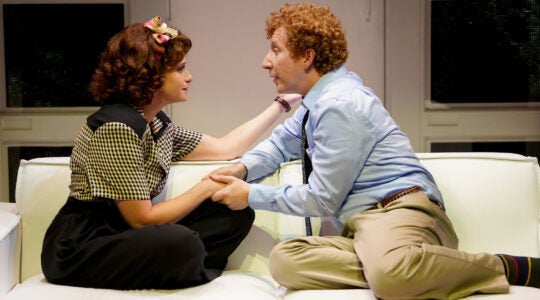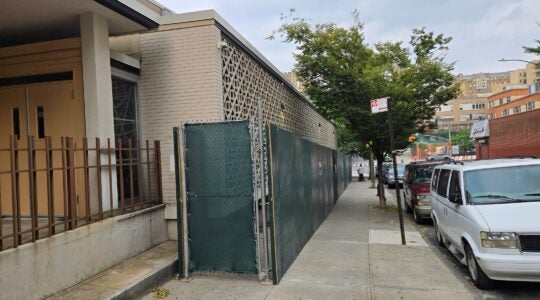In Israel, it’s known as Yom Yerushalayim, the annual commemoration of the day, Iyar 28 on the Hebrew calendar, when the capital of the Jewish state was suddenly unified during the Six-Day War in 1967.
In Israel, it’s become a quasi-religious holiday with political and messianic overtones; a time for singing and dancing, rallies and counter-rallies.
Jerusalem Day 5769 came last week a few days after the city’s fate was the subject of a White House meeting between President Obama and Prime Minister Netanyahu, and Israel’s leader returned to Jerusalem in time for the celebrations.
“United Jerusalem is Israel’s capital. It will never again be partitioned and divided,” Netanyahu declared during a ceremony at Ammunition Hill, site of one of the bloodiest battles in 1967.
An Israeli soldier, inset, lights a torch during the Ammunition Hill event.
Israelis, below outside the U.S. Consulate in East Jerusalem and above near the Damascus Gate, dance with the Israeli flag.
Arab protestors and their Jewish supporters held their own rally at the Damascus Gate, demonstrating against Israeli rule.
As part of Yom Yerushalayim, Knesset members from five parties submitted a bill that would require a “supermajority” – 80 votes in the 120-member parliament – to enact any change to the borders of Jerusalem. This follows reports of pressure by the American administration to approve territorial concessions, and a campaign by the Palestinian Authority to deny Judaism’s historical claims to the city.
Yom Yerushalayim was a special holiday for Kibbutz Alumin, near the border with Gaza. Every year members of the settlement make a pilgrimage to the capital, saluting the kibbutz founders who fought for Jerusalem in the Six-Day War.
“This is a tradition we want to uphold, even though it’s often the grandchildren of the people who liberated Jerusalem,” says Sarah-Jane Landsman, the kibbutz general secretary.
The New York Jewish Week brings you the stories behind the headlines, keeping you connected to Jewish life in New York. Help sustain the reporting you trust by donating today.




